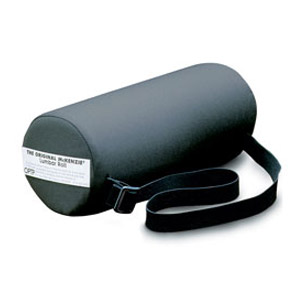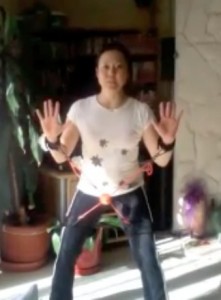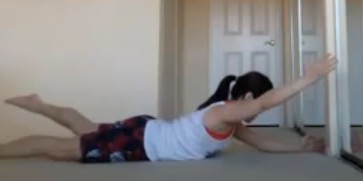Did you know that how you eat and what you put into your body can cause inflammation and aggravate your existing neck and back pain (and other illnesses like arthritis, chronic fatigue syndrome, Alzheimer’s, Parkinson’s, ulcerative colitis, diabetes and coronary artery disease)?
Inflammation can result when the food that you eat goes undigested. These particles become circulating immune complexes (CICs) that are attacked by the immune system of your body. If your body is consistently being bombarded by these foreign invaders, they will eventually end up in the joint tissues and be attacked by antibodies, which leaves the joint tissues painful and inflamed. Other symptoms include fatigue, poor concentration, headache, muscle pain and depression.
You can help your body feel better and less inflamed by using some straightforward and easy strategies. Not only will you reduce the pain and help your body heal, you’ll also help decrease the stress on your immune system.
Here are a few quick and easy tips:
1. Thoroughly chew your food. Make sure you chew your food until it’s liquefied. The mouth is where 30% to 40% of carbohydrate digestion occurs due to food mixing with saliva, so you can see why it’s important to chew your food 30 times. Additionally, chewing your food makes it easier for your digestive system to utilize the nutrients in the food and prevents parasites and bacteria from entering your body and starting a war with your immune system.
2. Stop eating foods that cause inflammation. The primary offenders are sugar (yes, even fruits) and dairy. Other foods that can cause problems include grains, nightshade plants (eggplants, peppers, potatoes, tomatoes); coffee; chocolate; artificial sweeteners; food colorings; additives; saturated fats; corn and safflower oil; and trans-fats in margarine and baked goods. Avoid fast foods and highly processed foods because they contain chemicals that are not recognized by the body; these foods cause the immune system to work overtime.
3. Start making smart food choices. Certain foods can cause an anti-inflammatory effect on the body. Eat these anti-inflammatory foods: fish (salmon, trout); legumes; nuts (almonds, walnuts); spices (garlic, ginger, rosemary, turmeric); veggies (cruciferous and dark leafy greens); grape skin; and citrus fruits. Also, try to eat some raw food at every meal. Raw food is not cooked and therefore contains enzymes that help foster digestion (cooking food at 104 degrees destroys enzymes). Make sure that you soak your nuts and dried fruits in water to allow the food to soften and allow for easier digestion. Most importantly, buy organic food whenever possible. Not will you get twice as many nutrients, you do not expose your body to dangerous chemicals that will poison your body.
4. Take a digestive enzyme to help your body fully digest your meal and eliminate circulating immune complexes (CICs).
As you get older, your body does not possess as many enzymes as it used to have. And, there are some people who do not possess sufficient amounts of specific enzymes to digest carbohydrates, proteins and fats. So even though you may be eating a healthy diet, your body will not be obtaining the nutrients it needs; CICs will form and the immune system will begin its attack.
5. Consider taking a systemic enzyme, like protease, to reduce inflammation in your body.
An inflamed area produces swelling, which is a fluid that contains antibodies, white cells and proteins called fibrin. Fibrin is a scar tissue that is part of the natural healing process. However, when there is an excess of fibrin, it restricts the amount of blood flow to the injured area and prevents nutrients from coming in. Excessive fibrin also causes a loss of joint mobility and flexibility.
Protease is a systemic enzyme which circulates throughout the body and processes proteins. Protease is effective for breaking down fibrin, which effectively reduces inflammation, improves blood flow and nutrients to the injured area; and speeds up the body’s natural healing process without the dangerous side effects of prescription drugs.
Note: People with gastritis and/or ulcers should not take protease.
Interested in enzyme therapy? Discover how you can help your back and neck pain by using this natural approach. Learn which enzymes are best for your specific situation by consulting with a BioSET practitioner: http://www.thecoreperformancecenter.com/TCPC/BioSET.html.



